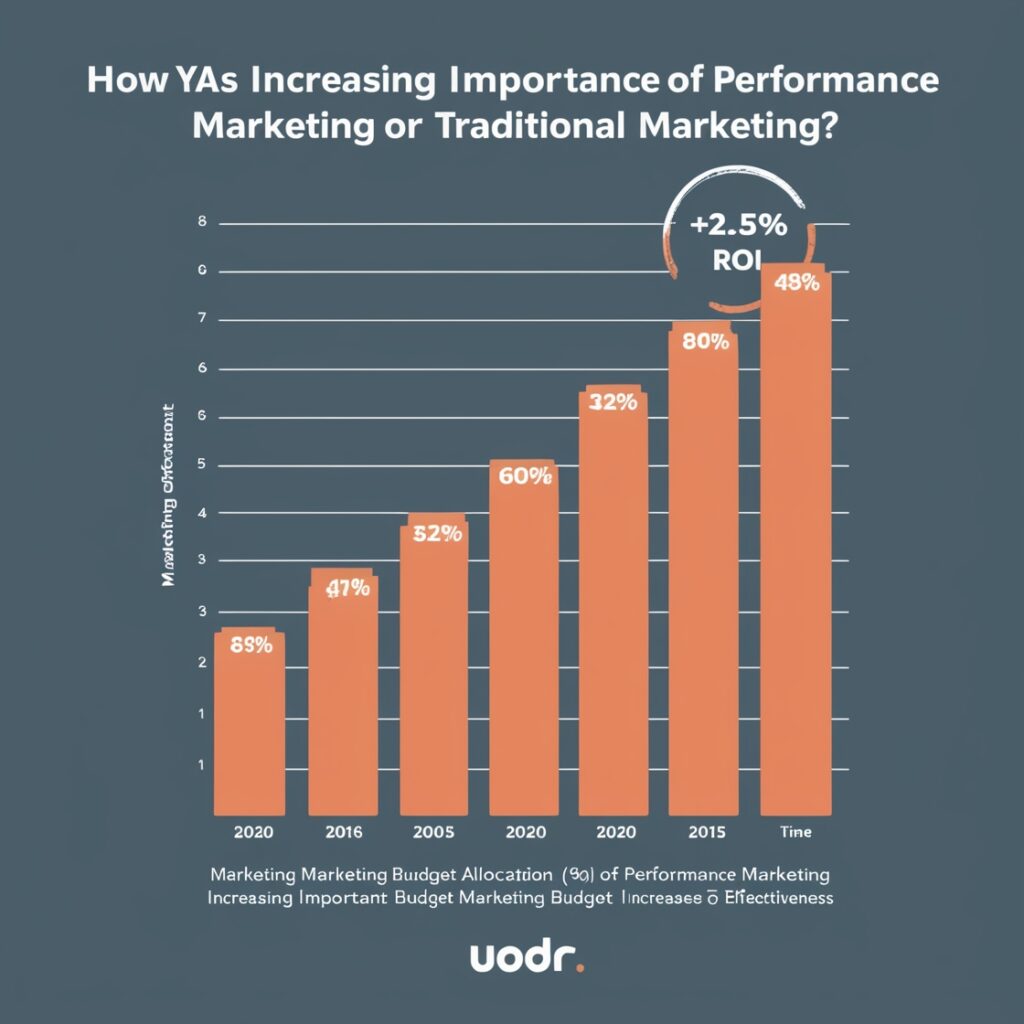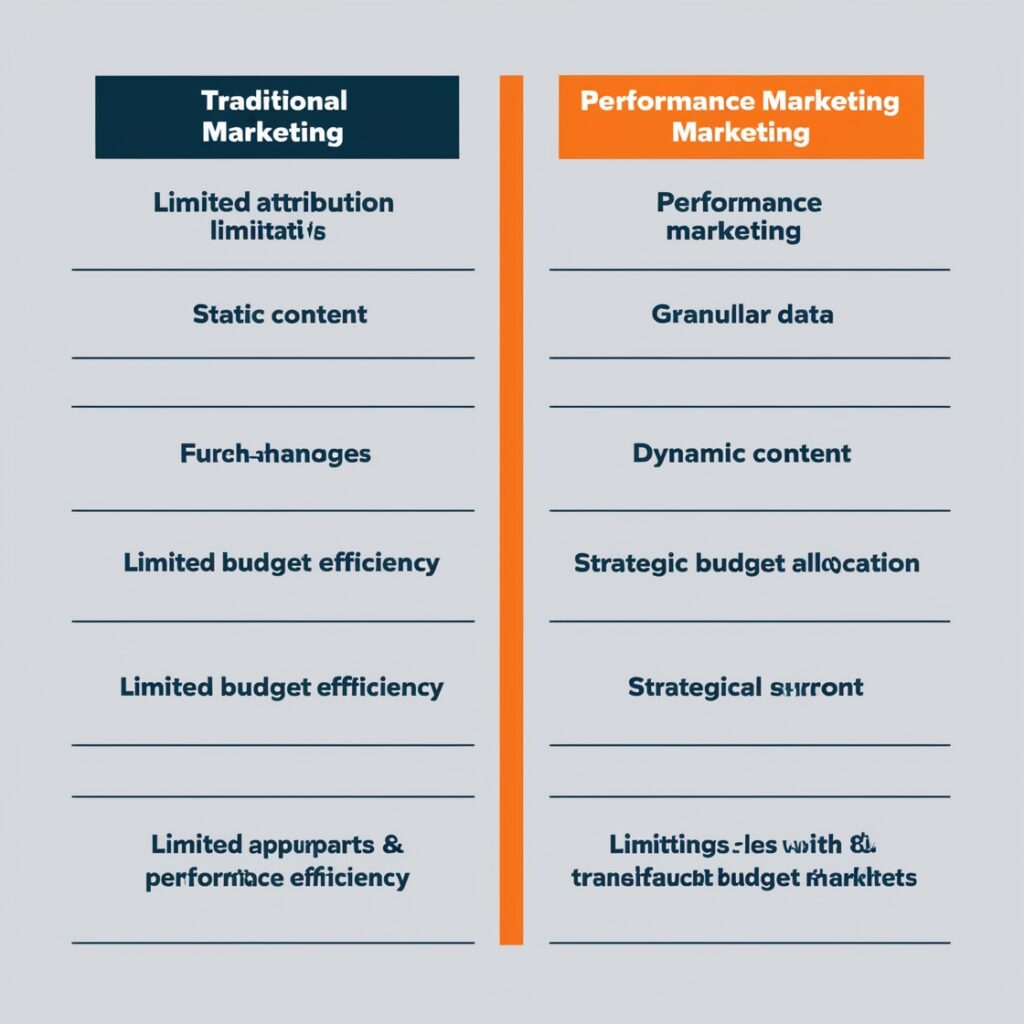The digital age has fundamentally transformed how businesses reach and engage with their customers. Gone are the days of throwing spaghetti at the wall and hoping some marketing magic sticks. Today, marketers are held accountable for measurable results, and performance marketing has become the driving force for success.

This blog series dives deep into the Performance Marketing Revolution: How to Win in the Digital Age. We’ll explore how this revolution came about, equip you with winning strategies, and prepare you for the ever-evolving marketing landscape.
Understanding the Revolution: Why Performance Marketing Reigns Supreme
The Rise of Performance Marketing: From Awareness to Measurable Results
Traditional marketing campaigns often focused on building brand awareness through tactics like television commercials, sponsorships, and print advertising. While brand awareness still plays a role, today’s consumers are bombarded with marketing messages across multiple channels. Cutting through the noise requires a more targeted approach, one that delivers measurable results.
Performance marketing emerged as a response to this need. It prioritizes campaigns that generate a specific, desired action, like website visits, leads generated, or purchases made. Marketers only pay when a pre-defined action is taken, ensuring a direct return on their marketing investment (ROI). This shift in focus has revolutionized how businesses allocate their marketing budgets, allowing them to invest in campaigns that demonstrably drive growth.

Why Traditional Marketing Isn’t Enough: Embracing the Performance Revolution
While traditional marketing has its place, it often lacks the measurability and flexibility of performance marketing. Here’s how:
- Limited Attribution: Traditional channels like television ads make it difficult to pinpoint who saw the ad and ultimately converted into a customer. Performance marketing tools provide granular data, allowing you to track user journeys and attribute conversions to specific campaigns.
- Static Content: Traditional ads are often one-size-fits-all, failing to personalize the message to specific audience segments. Performance marketing allows for dynamic content that adapts based on user behavior and demographics, leading to more relevant and engaging interactions.
- Limited Budget Efficiency: Traditional marketing often involves significant upfront costs with little guarantee of results. Performance marketing empowers you to allocate your budget strategically, focusing resources on campaigns that are actively driving results.

The Empowered Customer: How Consumer Behavior Shapes Performance Marketing
Today’s consumers are incredibly tech-savvy and have a high degree of control over the information they consume. They actively research products and services online, engaging with brands that provide value and cater to their specific needs. This empowered consumer behavior necessitates a shift towards performance marketing, which allows you to:
- Target with Precision: Reach the right audience with the right message at the right time.
- Deliver Personalized Experiences: Tailor content and offers based on user behavior and preferences.
- Focus on Engagement: Create interactive experiences that build trust and encourage conversions.
By embracing performance marketing, you can adapt your strategies to meet the evolving expectations of the modern consumer.Image Prompt: A stock photo of a person actively researching a product online on a laptop or mobile device.